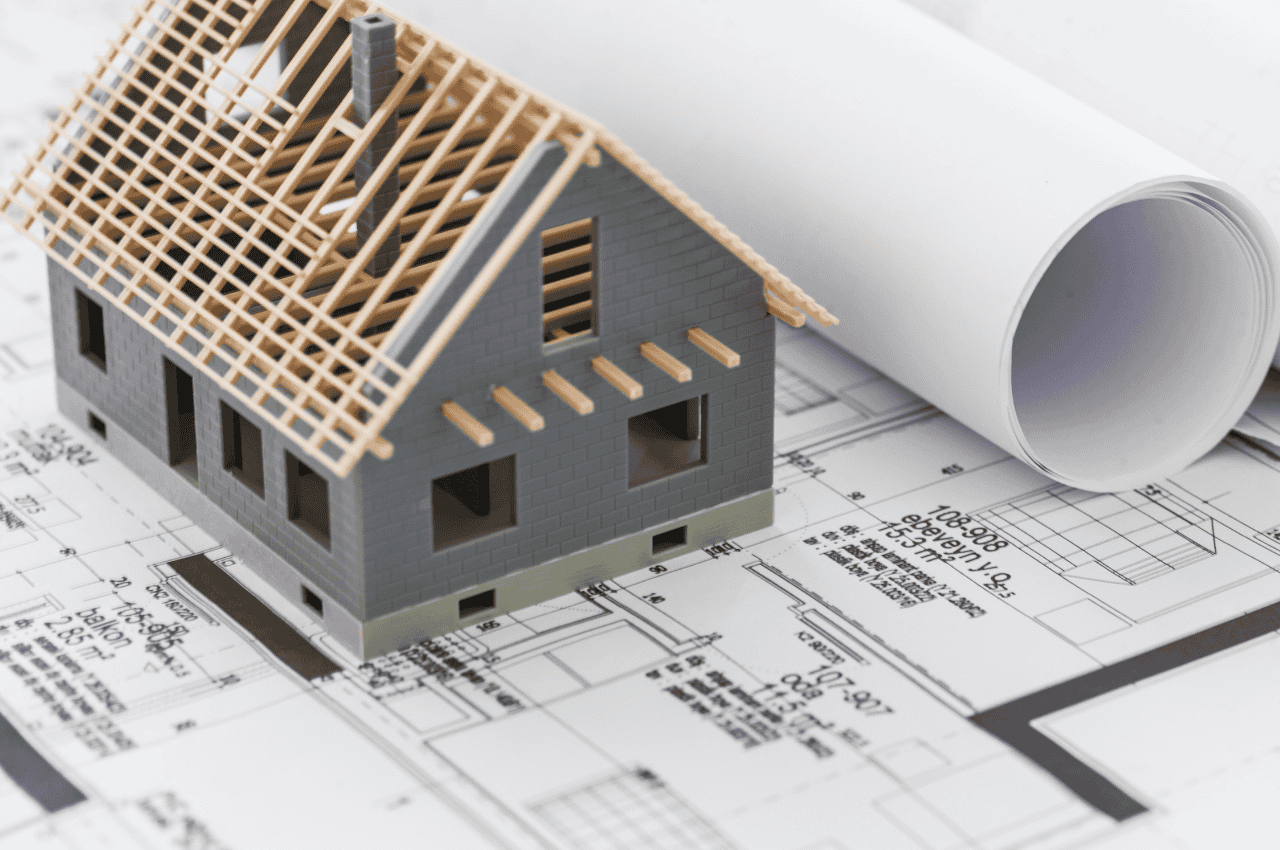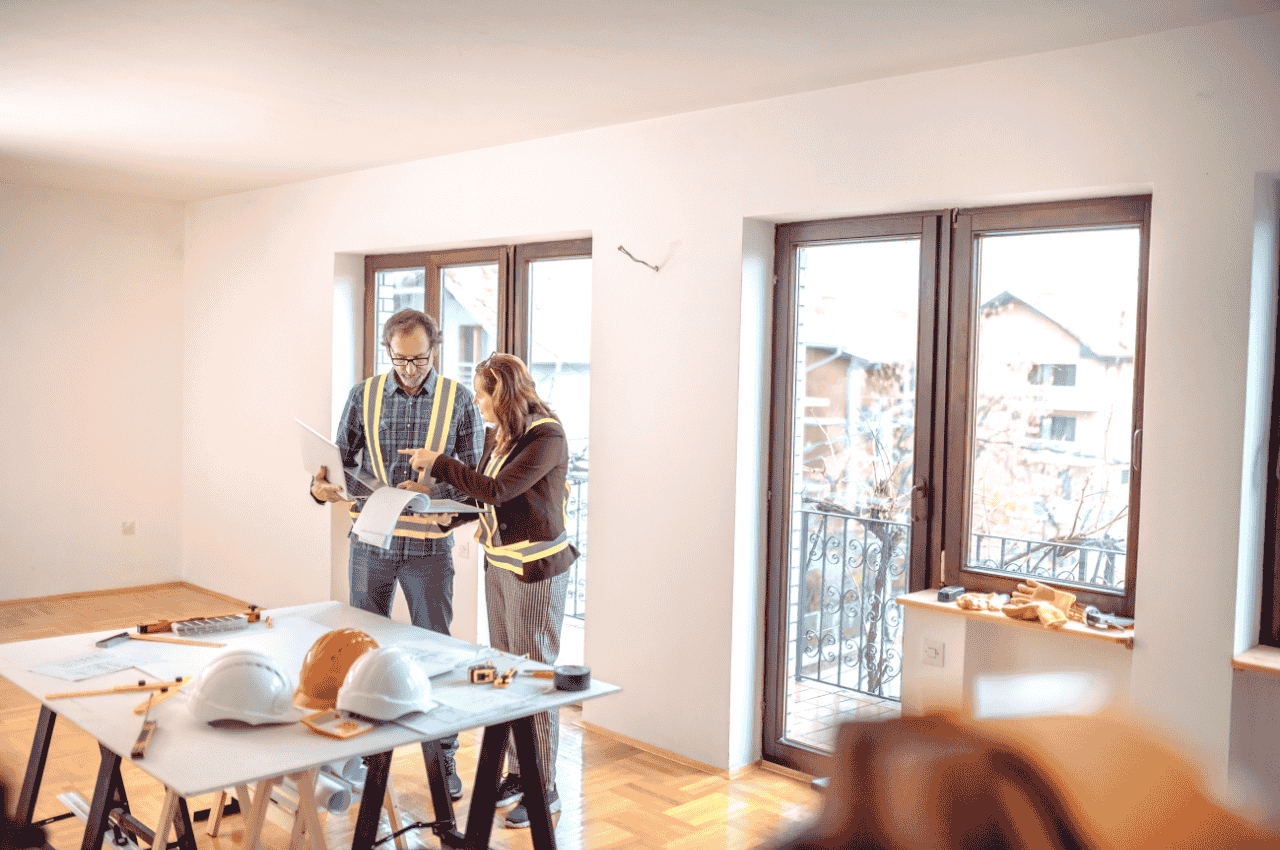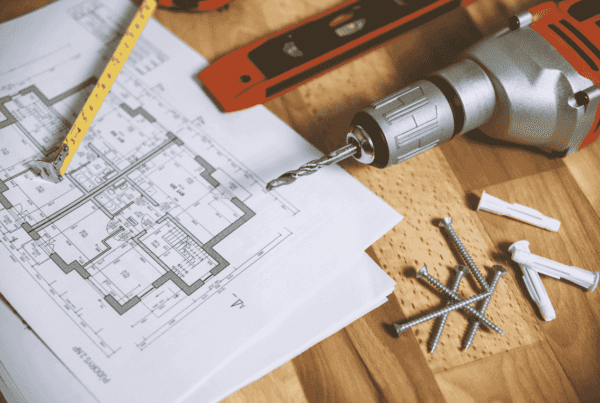Introduction
Embarking on your first house renovation design project can be both exciting and overwhelming. Whether you’re updating an old home, enhancing functionality, or simply giving your space a modern makeover, careful planning is key to a successful transformation. Without a clear strategy, costs can increase, timelines can be extended, and results may differ from your vision.
To help you navigate this journey with confidence, here are expert tips for planning your first house renovation design project—from setting your goals to choosing the right professionals and managing your budget effectively.
1. Define Your Renovation Goals Clearly
Before you start tearing down walls or browsing paint swatches, take time to define why you’re renovating. Are you improving functionality, updating aesthetics, or increasing property value? Understanding your purpose helps shape your design direction and budget priorities.
Ask yourself:
- Which areas of the house need the most attention?
- What problems am I trying to solve (e.g., lack of storage, poor lighting, outdated layout)?
- How do I want the renovated space to make me feel—cozy, spacious, modern, or luxurious?
Having clear goals ensures your renovation decisions align with your long-term lifestyle and financial objectives.
2. Set a Realistic Budget
Budgeting is one of the most critical steps in any renovation project. It’s easy to underestimate costs, so plan realistically and always include a contingency fund of 10–20% for unexpected expenses.
Break down your budget into categories:
- Design and planning fees
- Materials and finishes
- Labor and contractor costs
- Furniture and fixtures
- Permits and approvals
Research average renovation costs in your area and compare quotes from different contractors. Be honest about what you can afford, and remember that quality workmanship and durable materials are worth the investment.
3. Create a Thoughtful Design Plan
Once your goals and budget are set, it’s time to focus on design. Start by gathering inspiration from magazines, Pinterest, or design websites. Pay attention to how spaces are styled, the flow between rooms, and how light interacts with different materials.
Consider these design principles:
- Functionality first: The best design strikes a balance between beauty and practicality.
- Cohesive style: Choose a theme such as modern, minimalist, industrial, or Scandinavian, and stick with it across all rooms.
- Future-proofing: Select timeless finishes and layouts that will remain attractive for years to come.
If you’re unsure about color schemes or spatial layouts, consult an interior designer or architecture firm to help refine your ideas and create professional drawings.
4. Understand Local Regulations and Permits
Before starting any major structural work, consult with your local authorities regarding to building permits and renovation guidelines. Certain modifications—such as electrical rewiring, plumbing relocation, or structural changes—may require approval.
Failure to comply with regulations may result in fines or force you to undo completed work. Working with a licensed architect or renovation contractor familiar with local codes ensures that your project is both safe and compliant.

5. Prioritize Structural and Functional Improvements
Aesthetic upgrades may be exciting, but structural and functional improvements should always come first. Before focusing on finishes, ensure your home’s foundation, roofing, plumbing, and electrical systems are in good condition.
Pay special attention to:
- Roof leaks or cracks
- Old wiring and plumbing systems
- Termite damage or water seepage
- Uneven flooring or wall cracks
Fixing these issues early prevents costly repairs later and ensures your renovation efforts stand the test of time.
6. Choose the Right Professionals
Selecting the right team can make or break your renovation project. Whether it’s an architect, interior designer, or contractor, seek out professionals with proven experience and good client feedback.
Here’s how to choose wisely:
- Check portfolios to ensure their design style aligns with your vision.
- Read reviews or get referrals from family and friends.
- Discuss timelines and budgets openly before signing any agreement.
- Get multiple quotes and compare inclusions carefully.
A reliable renovation team will provide valuable insights, manage project timelines, and help you avoid costly mistakes.
7. Plan for Temporary Living Arrangements
Depending on the scope of your renovation, you may need to temporarily relocate during the renovation. Dust, noise, and restricted access can make living in the house impractical.
Consider:
- Staying with relatives or renting a short-term apartment.
- Renovating one section at a time to minimize disruption.
- Setting up a temporary kitchenette or sleeping area if you must stay home.
Planning for alternative living arrangements ensures comfort and safety throughout the renovation period.
8. Focus on Energy Efficiency
Incorporating energy-efficient features in your renovation not only helps the environment but also reduces long-term utility costs.
Consider:
- LED lighting for lower energy consumption.
- Insulated walls and windows to maintain indoor temperature.
- Solar panels for renewable energy.
- Water-saving fixtures to reduce wastage.
Even small upgrades—such as switching to energy-efficient appliances or installing smart thermostats—can have a significant impact.
9. Choose Quality Materials and Finishes
When selecting materials, strike a balance between aesthetics, durability, and maintenance. Low-quality finishes may save money upfront, but often wear out quickly, leading to higher replacement costs.
Expert recommendations include:
- Quartz or granite countertops for long-lasting surfaces.
- Engineered wood or vinyl flooring for affordability and resilience.
- Moisture-resistant paints are used in humid areas such as bathrooms and kitchens.
- Stainless steel or brass fixtures for better corrosion resistance.
Investing in quality materials enhances both the value and longevity of your renovation.

10. Maintain Clear Communication
Good communication is essential between you, your contractor, and your designer. Misunderstandings can cause costly delays and dissatisfaction with the final results.
To stay on track:
- Schedule regular site visits and progress updates.
- Keep written records of all agreements and changes.
- Ask questions and clarify concerns immediately.
Effective collaboration ensures that everyone shares the same vision and the project stays within budget and timeline.
11. Don’t Forget Lighting and Space Planning
Lighting is often overlooked but plays a major role in how your home feels and functions. Combine natural, ambient, and task lighting to create a comfortable and visually appealing space.
Tips from design experts:
- Use layered lighting to balance brightness and warmth.
- Position windows strategically for natural light.
- Add accent lighting to highlight architectural details or artwork.
Similarly, thoughtful space planning—such as keeping walkways clear and furniture proportionate—enhances both usability and aesthetics.
12. Expect the Unexpected
Even with the best planning, surprises are inevitable. Hidden structural issues, supply chain delays, or last-minute design changes can affect your schedule and budget.
The key is flexibility:
- Keep a buffer fund for emergencies.
- Stay patient and adaptable when plans change.
- Work closely with your renovation team to find quick, practical solutions.
Managing expectations ensures a smoother renovation journey and helps you stay positive throughout the process.
Conclusion
Your first house renovation design project is a significant milestone—an opportunity to transform your living space into a reflection of your style, needs, and aspirations. While the process can be complex, the key to success lies in thorough planning, clear communication, and professional guidance.
By defining your goals, budgeting wisely, choosing the right materials, and working with trusted experts, you can avoid common pitfalls and enjoy a rewarding renovation experience.
Remember: every renovation is a learning journey. With patience, preparation, and creativity, you can turn your first renovation project into a stunning, functional home that brings lasting comfort and value.






